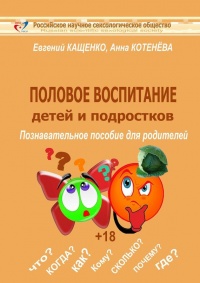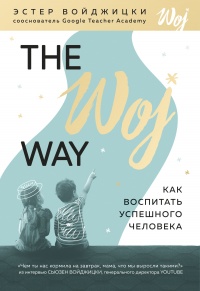Книга Поздний расцвет. Как взрослым добиться успеха в мире, одержимом ранним развитием - Рич Карлгаард
На нашем литературном портале можно бесплатно читать книгу Поздний расцвет. Как взрослым добиться успеха в мире, одержимом ранним развитием - Рич Карлгаард полная версия. Жанр: Книги / Психология. Онлайн библиотека дает возможность прочитать весь текст произведения на мобильном телефоне или десктопе даже без регистрации и СМС подтверждения на нашем сайте онлайн книг knizki.com.
Шрифт:
-
+
Интервал:
-
+
Закладка:
Сделать
Перейти на страницу:
Перейти на страницу:
Внимание!
Сайт сохраняет куки вашего браузера. Вы сможете в любой момент сделать закладку и продолжить прочтение книги «Поздний расцвет. Как взрослым добиться успеха в мире, одержимом ранним развитием - Рич Карлгаард», после закрытия браузера.
Книги схожие с книгой «Поздний расцвет. Как взрослым добиться успеха в мире, одержимом ранним развитием - Рич Карлгаард» от автора - Рич Карлгаард:
Комментарии и отзывы (0) к книге "Поздний расцвет. Как взрослым добиться успеха в мире, одержимом ранним развитием - Рич Карлгаард"
























